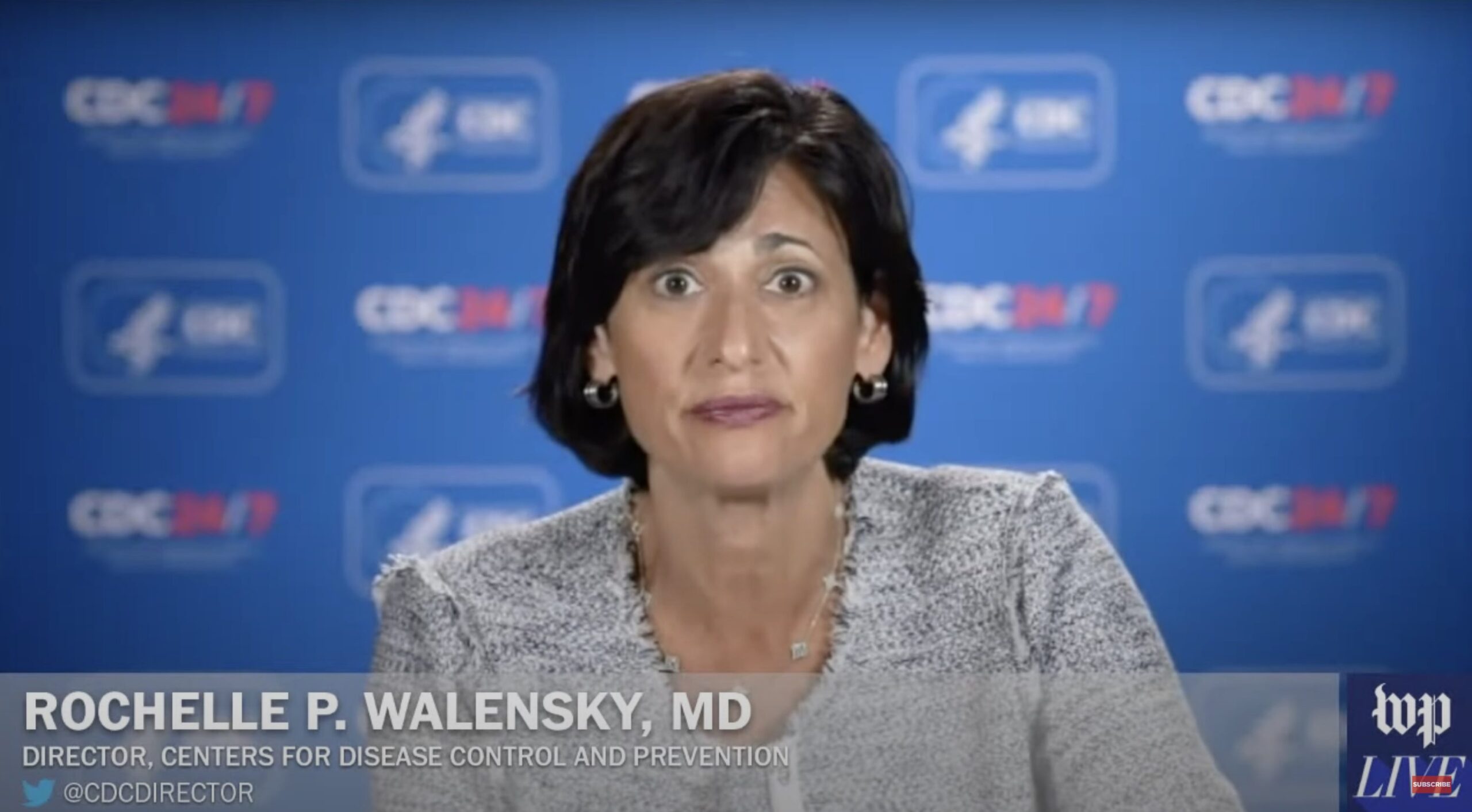Dr. Rochelle Walensky, Director of the Centers for Disease Control and Prevention (CDC), admitted on Wednesday that the agency would be un...

Dr. Rochelle Walensky, Director of the Centers for Disease Control and Prevention (CDC), admitted on Wednesday that the agency would be undergoing a restructuring, calling it a “reset” due to major “mistakes” in dealing with the pandemic.
The CDC’s COVID-19 guidance was found to be “confusing and overpowering” in a recent report, according to NYT.
“For 75 years, CDC and public health have been preparing for COVID-19, and in our big moment, our performance did not reliably meet expectations,” CDC Director Rochelle Walensky said in the email sent to the agency’s 11,000-person staff.
“As a long-time admirer of this agency and a champion for public health, I want us all to do better,” Walensky said per Politico.
“My goal is a new, public health action-oriented culture at CDC that emphasizes accountability, collaboration, communication, and timeliness,” she added.
“The CDC restructuring follows two reviews conducted in recent months, one by Health Resources and Services Administration official Jim Macrae into the CDC’s pandemic response and another by CDC Chief of Staff Sherri Berger into agency operations,” the outlet reported.
More from AP:
The CDC’s director, Dr. Rochelle Walensky, told the agency’s staff about the changes on Wednesday. It’s a CDC initiative, and was not directed by the White House or other administration officials, she said.
“I feel like it’s my my responsibility to lead this agency to a better place after a really challenging three years,” Walensky told The Associated Press.
Her reorganization proposal must be approved by the Department of Health and Human Services secretary. CDC officials say they hope to have a full package of changes finalized, approved and underway by early next year.
Some changes still are being formulated, but steps announced Wednesday include:
—Increasing use of preprint scientific reports to get out actionable data, instead of waiting for research to go through peer review and publication by the CDC journal Morbidity and Mortality Weekly Report.
—Restructuring the agency’s communications office and further revamping CDC websites to make the agency’s guidance for the public more clear and easier to find.
—Altering the length of time agency leaders are devoted to outbreak responses to a minimum of six months — an effort to address a turnover problem that at times caused knowledge gaps and affected the agency’s communications.
—Creation of a new executive council to help Walensky set strategy and priorities.
—Appointing Mary Wakefield as senior counselor to implement the changes. Wakefield headed the Health Resources and Services Administration during the Obama administration and also served as the No. 2 administrator at HHS. Wakefield, 68, started Monday.
—Altering the agency’s organization chart to undo some changes made during the Trump administration.
—Establishing an office of intergovernmental affairs to smooth partnerships with other agencies, as well as a higher-level office on health equity.
Walensky also said she intends to “get rid of some of the reporting layers that exist, and I’d like to work to break down some of the silos.” She did not say exactly what that may entail, but emphasized that the overall changes are less about redrawing the organization chart than rethinking how the CDC does business and motivates staff.
In a news briefing on Thursday, Greta Massetti, chief of the CDC’s Field Epidemiology and Prevention Branch, said, “The current conditions of this pandemic are extremely different from those of the prior two years.”
“High levels of population immunity due to vaccination and previous infection and the many available tools to prevent to the general population and protect people at higher risk allow us to focus on protecting people from serious illness from Covid-19.”
For over a year now the CDC, Joe Biden, Dr. Tony Fauci, Democrats, and the WHO demanded the American population from primary school-aged children to senior citizens be vaccinated with the government’s experimental mRNA vaccines.
** Tens of thousands of Americans in both the public and private sectors lost their employment and household income for defying the government demands and regulations.
** Over 1.4 million people reportedly suffered adverse reactions to the COVID vaccines including 30,162 deaths according to the Open VAERS website.
** Over 170,000 hospitalizations have been blamed on the vaccines.
On Thursday, the CDC finally admitted that there is no logical reason to treat vaccinated people differently than unvaccinated people when both can readily get and spread the COVID virus.
“CDC’s COVID-19 prevention recommendations no longer differentiate based on a person’s vaccination status because breakthrough infections occur, though they are generally mild, and persons who have had COVID-19 but are not vaccinated have some degree of protection against severe illness from their previous infection,” CDC wrote.
On July 15, the CDC quietly modified its website, removing the section that suggested mRNA and spike protein do not last in human bodies.
Under this topic, it stated that “our cells break down mRNA from these vaccines and get rid of it within a few days after vaccination.”
“Scientists estimate that the spike protein, like other proteins our bodies create, may stay in the body up to a few weeks,” it continued.
The CDC’s decision to remove this information about mRNA and spike proteins from the public is still an open question.